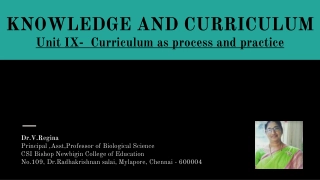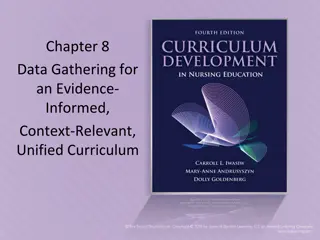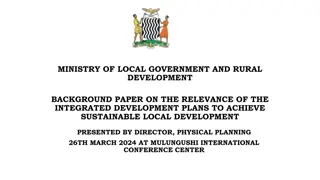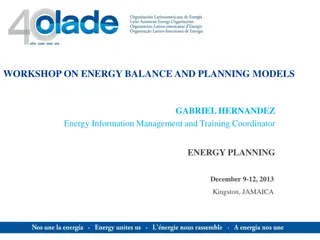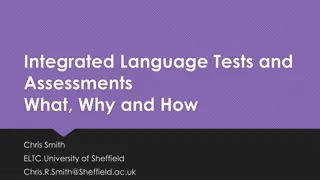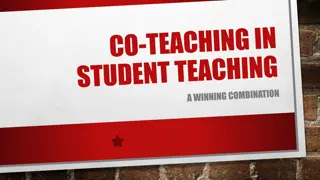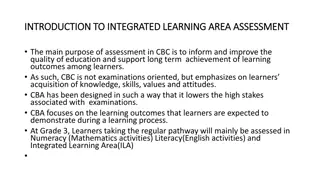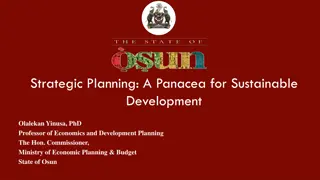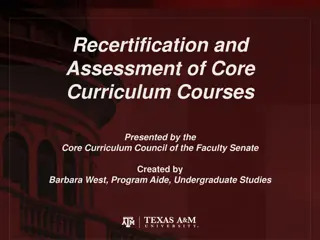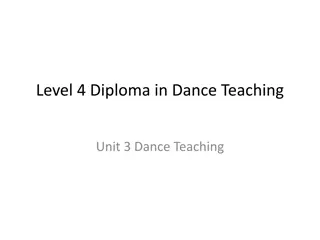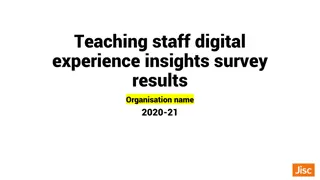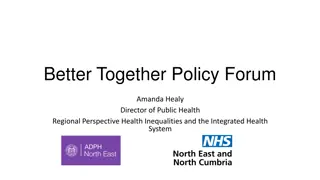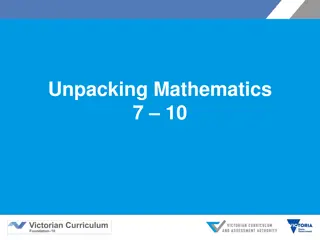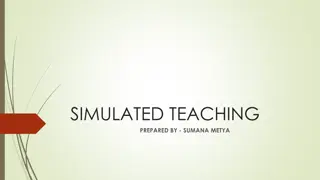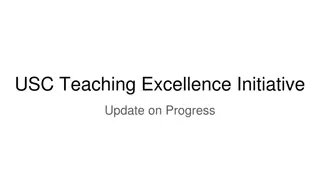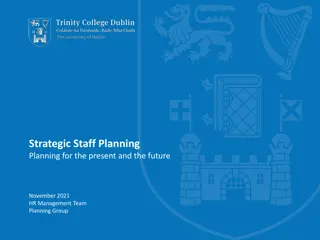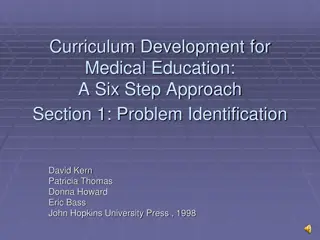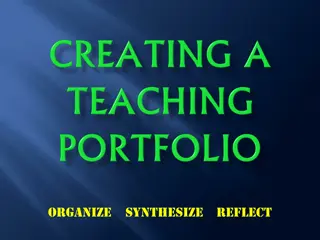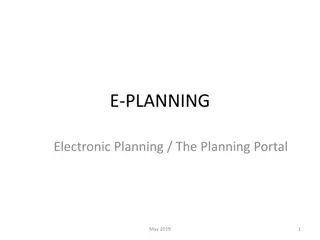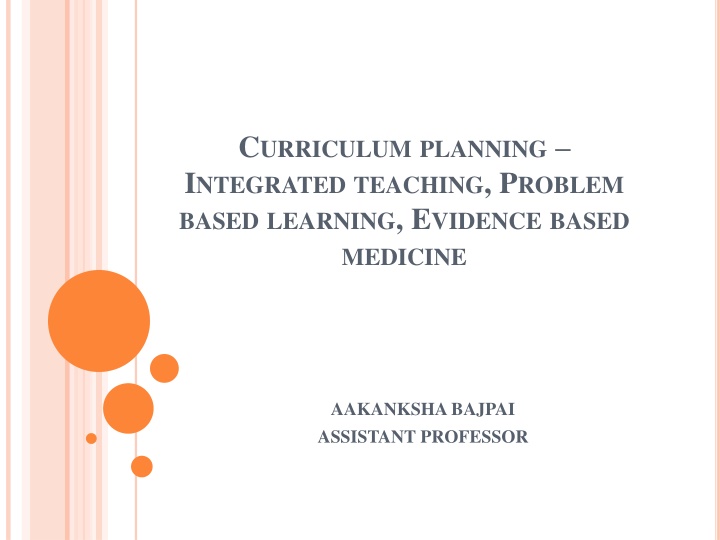
Curriculum Models in Education
Explore the significance of curriculum in education, covering content-driven, process-driven, objectives-driven, and competence-based models. Learn how curriculum shapes teaching approaches and influences student learning outcomes.
Download Presentation

Please find below an Image/Link to download the presentation.
The content on the website is provided AS IS for your information and personal use only. It may not be sold, licensed, or shared on other websites without obtaining consent from the author. If you encounter any issues during the download, it is possible that the publisher has removed the file from their server.
You are allowed to download the files provided on this website for personal or commercial use, subject to the condition that they are used lawfully. All files are the property of their respective owners.
The content on the website is provided AS IS for your information and personal use only. It may not be sold, licensed, or shared on other websites without obtaining consent from the author.
E N D
Presentation Transcript
CURRICULUM PLANNING INTEGRATED TEACHING, PROBLEM BASED LEARNING, EVIDENCE BASED MEDICINE AAKANKSHA BAJPAI ASSISTANT PROFESSOR
CURRICULUM The curriculum is the key reference point for teachers, particularly in developing countries, where it is encoded in the official textbook and teacher guides, often the sole resource used by teachers. The curriculum links the macro (officially selected educational goals and content) with the micro (the act of teaching and assessment in the classroom/school), and is best seen as a series of translations, transpositions and transformations (Alexander, 2009).
MODELS OF CURRICULUM There are four models of the curriculum that are found globally and in developing countries: Content-driven curricula Process-driven curricula Objectives-driven curricula Competence- or outcomes-based curricula a) b) c) d)
CONTENT-DRIVEN CURRICULA Subjects such as mathematics or science are used to describe the curriculum, with increasing specialization for older students. The key concept is discipline, which means accepting a given selection, organization, pacing and timing of knowledge in the pedagogical relationship between the teacher and the taught in order to cover the curriculum (Bernstein, 1975). Knowledge is transmitted in a situation where the teacher has maximal control.
PROCESS-DRIVEN CURRICULA Content areas stand in an open relation to each other. Students have more discretion over what is learnt compared to individual teachers, who have to collaborate with colleagues from other disciplines. Process-driven curricula include a range of models - cross- curricular, integrated, interdisciplinary, thematic. Multiple forms of assessment are used, with a focus on formative, personal, coursework-based and open-ended assessment (Ross, 2000).
OBJECTIVES-DRIVEN CURRICULA Structured around sets of expected learning outcomes, which are written by specifying the kind of behavior as well as the context in which that behavior is expected to operate, e.g. comprehending, applying, analyzing, starting with lower-order objectives and moving to increasing levels of complexity (Tyler, 1949). Driven by utilitarian ideals, content is usually selected on the basis of its relevance to the workplace.
COMPETENCE- OR OUTCOMES-BASED CURRICULA Structured around sets of learning outcomes that all learners are expected to be able to achieve successfully at the end of their learning experiences (Botha, 2002). Curriculum, instruction, and assessment are organized in a way that makes sure that this learning ultimately happens. It is considered to produce life-long learners who can better adapt to the world of work, and is considered inherently more democratic.
INTEGRATED CURRICULUM An integrated curriculum allows to pursue learning in a holistic way.
RATIONALE FOR INTEGRATING THE CURRICULUM Integration acknowledges and builds on the relationships which exist among all things. An synthesized across traditional subject areas and learning experiences that are designed to be mutually reinforcing. integrated curriculum implies learning that is This approach develops the child s ability to transfer their learning to other settings.
Research also suggests that an integrated approach to learning is brain compatible. The brain learns best in real-life, immersion-style multi- path learning fragmented, forever kill the joy and love of learning (Jensen, 1996). piecemeal presenting can The more connections made by the brain, the greater the opportunity for making high level inferences.
Integrating developmentally appropriate practice. the curriculum is also reflective of The curriculum is integrated so that children s learning occurs primarily through projects, themes, or topics that reflect children s interests and suggestions. Projects and themes are valuable instructional tools for accommodating all learners in the classroom. Skills are taught as needed to accomplish projects (Bredekamp, 1992).
CHARACTERISTICS OF AN INTEGRATED CURRICULUM An integrated program includes. Experiences to develop children s attitudes, skills, and knowledge and to help them make connections across the curriculum. Activities that provide for a range of abilities. Activities that are both teacher-initiated and directed and child-initiated and directed.
Whole class, small group, and individual experiences. Opportunities for critical and creative thinking. Teacher, peer, and self-assessment. Opportunities to experience learning as a meaningful whole
WAYS TO INTEGRATE THE CURRICULUM Three ways to integrate the curriculum are: By using themes By using projects By using individual and small group studies
TYPES OF THEMES Teacher Team and Class Initiated, Team Planned and Supported This type of theme is developed by teachers who seek direction from the children and then collaborate to plan for the children s learning.
Child Initiated, Child and Teacher Planned and Supported Topics for integrated class themes may develop from the interests of one or two children. Their enthusiasm may spread to all the children in the class. Based on the response, the teacher(s) plan(s) further. If the theme is broadly developed, there are usually enough choices to sustain the interests of all the children for an extended period.
Teacher Initiated, Planned, and Supported This type of theme study is usually short in duration and specific in purpose. The theme suggestions may be used to teach other skills and strategies such as brainstorming, clustering, making lists, working cooperatively, recording, and ways of representing ideas which children need in order to embark on independent studies.
Teacher Team Initiated and Planned, Whole Staff Supported With this type of theme, the structure and the duration will vary according to the resources available. The topic and the activities are set.
PROJECT WORK Projects as part of the Primary Program are highly recommended as a way to make sense of information in children's lives. Projects involve the investigation of a topic but differ from traditional thematic units because they are fully integrated. In project planning the disciplines are naturally combined; there is no need to provide distinctions or to weigh the number of activities in each discipline. The goal is to learn about something, using all the available resources and incorporating the skills, knowledge, and dispositions needed to accomplish that goal.
INDIVIDUAL AND SMALL GROUP STUDIES Another way in which teachers plan for integrated curriculum, teaching, and learning is by allowing for independent and small group study based on a child s (or small group s) interest and curiosity about the world. The aim is to help children become independent learners. Topics may be initiated spontaneously by the child or a small group of children. The teacher offers resources and teaches the skills and strategies needed individually or through class instruction.

